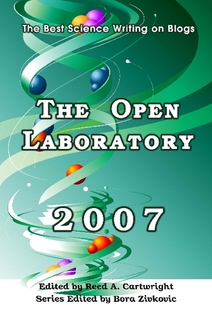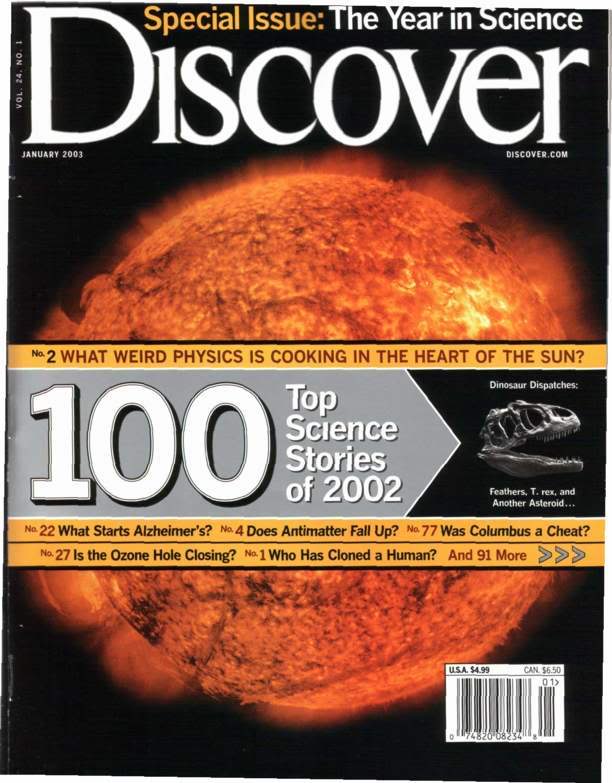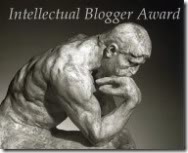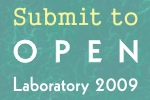Human beings around the world honor their dead and the memories of their relatives. We have enacted special rituals related to the handling of human remains from the sacred funeral pyres of India to the professionalized aseptic embalming practices of the United States. Even more so, the treatment of the dead by outsiders is something that can generate outrage. Consider the media controversy when Al-Jazeera aired footage of coalition soldiers who had been killed by Iraqi militants or the hanging of the burned corpses of Blackwater mercenaries in Fallujah. Such treatment of "our" people by "their" people led to impassioned condemnations and outrage.
That was the sentiment expressed last night by Jisgung (Nika Collison) from the Ts'aahl Eagle Clan of the Haida Gwaii Nation of British Columbia. Jisgung presented a letter dated October 26, 1897 from anthropologist George Dorsey to his colleague Charles Newcomb (who was working for the American anthropologist Frans Boas):
Will you kindly send me more information about the totem pole you wish to dispose of -- also about any duplicate specimens you may be willing to sell. Have you any skulls or skeletons that you will sell or exchange?
Jisgung's presentation was part of a panel discussion at the Global Encounters Initiative that began last night on the campus of the University of British Columbia. The talk was organized by UBC historian Neil Safier as part of the Itineraries of Exchange symposium that will continue through the weekend.
In presenting the callous bartering over the bodies of her people, Jisung explained the outrage she felt when she first discovered this letter, unearthed just as she and her people were engaged in the struggle to repatriate their relatives and sacred artifacts from museums across North America. The Haida Gwaii Nation have successfully reclaimed the bodies of 460 of their ancestors that had been taken by anthropologists and collectors for more than a century.
However, in addition to the bodies of their loved ones, the members of the indigenous panel referenced the sorrow they felt over other sacred artifacts that had been taken from them, and the strategies they developed to keep their traditions alive.
Naasḳuu-isaḳs (Shaunee Casavant), the Chief Councillor of the Hupacasath Nation, presented her story as depicted in the traditional Nuuchaanulth ceremonial curtain (see above). Measuring 10 feet high by 30 feet wide, these are among the largest portable paintings in the world. As Naasḳuu-isaḳs explained, these images represent important family histories that were created on thin light-weight material so that they could be hidden from Canadian authorities and treasure hunters in the early years of contact. In the past these images would have been painted on wooden planks but were often burned, confiscated, or placed in museums. The above image was created for her son when he was 12-years-old and underwent the ceremony to receive his Indian name.
The image depicts a great bird with serpents emerging at either end and sea otters in between. The whale fin in the center represents the meaning behind Naasḳuu-isaḳs' name, based on the ceremony involved in adorning a whale fin with bird feathers after the animal had been harpooned for village consumption. The fish in the bottom right are a reminder of how important fishing is for the Nuuchaanulth people and Naasḳuu-isaḳs' father had frequent run-ins with the law for engaging in his protected right to fish on native land.
It is this importance for the natural world, and the way it is tied in with family memories, that panelist Tirso Gonzales (Indigenous Studies Professor at UBC-Okanagan) referred to as reflecting an indigenous "cosmovision of ever" that his people from the Andean region of Peru hold as a central component of their worldview. Gonzales explained this by using the metaphor of a seed. In the West, he said, the seed is a tool for profit. It has been genetically modified, sold at a price as high as the market will allow and the resulting produce is then merely a commodity. However, in the indigenous view, the seed is the source of creation and is a sacred artifact itself. It is a blueprint for self-determination and self-development.
Gonzales stated that, while 70% of the the food in the Americas are produced by indigenous or small scale farmers, white people own 96% of all agricultural land. While the latter seek uniformity and control of the marketplace, the former seek variety and freedom from external domination. He said that native self-determination requires a reindigenousization that reclaims the language, culture, and values of indigenous people and which views these cultural forms as seeds that can grow the diversity that once existed:
Monoculture of the land, monoculture of the mind. Colonization of the land, colonization of the mind.
According to the final panelist, UBC Political Science professor Sheryl Lightfoot, these values have been codified into law by the Declaration of Indigenous Rights that was passed by the United Nations General Assembly on September 13, 2007:
For more than three decades, the indigenous-rights movement has been engaged in a struggle on the international level for recognition of indigenous peoples' rights. Almost universally, indigenous peoples have not demanded secession from states but instead have asked states to recognize and secure indigenous rights within the structure of the state.
While the Declaration has no enforcement mechanism, Lightfoot stated that it was a powerful symbol in the process of indigenous self-determination and represents one tool to be used among many. This historic legislation was enacted thanks to the 143 nations who ratified the document. Only four nations vetoed the Declaration but, Lightfoot pointed out, those four have been most culpable in the crimes committed against indigenous people. Australia, New Zealand, Canada and the United States not only refused to ratify the Declaration, they refused to honor the spirit of the document even though it passed by an overwhelming majority. The first three nations have since changed their tone somewhat and, while still not willing to sign the Declaration, have offered some domestic reforms that recognize indigenous peoples' right to land and self-determination. The fourth nation remains alone in the world in its refusal:
The United States [has] remained fiercely resistant to such domestic reform of their relationship with indigenous peoples.
Despite centuries of racism, persecution and treatment as second-class citizens, the indigenous panelists presented a hopeful story that freedom and independence would ultimately prevail. Their commitment to community and the shared values of life, memory, and transnational indigenous identity has sustained them for decades and will for many more to come. As the repatriation of stolen bodies continues, so does the repatriation of stolen memories.


















